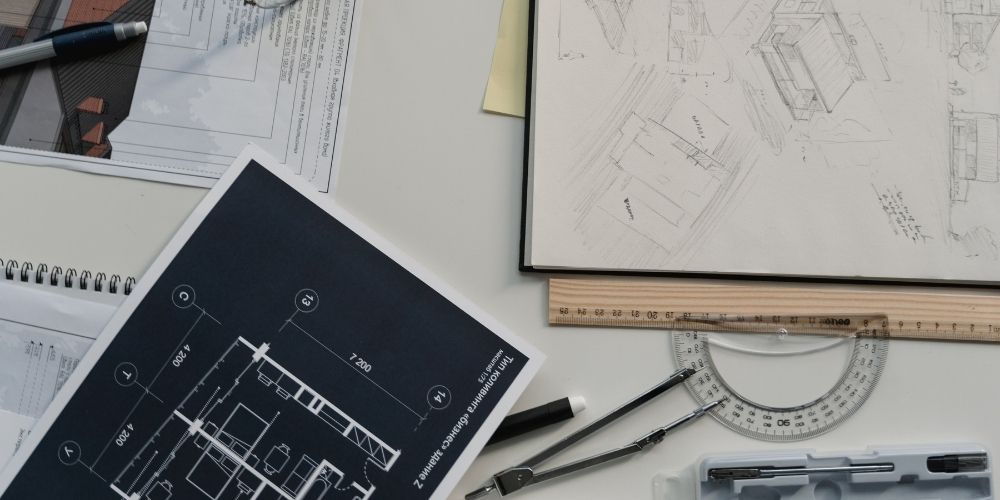Technology Center 2900 is a bit of an outlier at the USPTO, handling design patents rather than utility patents. Design patents are a different breed than utility patents, covering the visual and ornamental characteristics of an article rather than the article’s functional or utilitarian elements.
Applications for design patents are much simpler than utility patents, consisting mainly of a drawing or photograph of the article. The patent examiner then compares the image to other issued design patents or printed publications. Because design patent applications and the prosecution process for them are much simpler than that of utility patents, allowance rates are high, prosecution timelines short, and rejections scarce.
The process of obtaining a design patent typically does not present many headaches for applicants, although they can be tremendously valuable for corporations. Just look at the years-long battle between Apple and Samsung, resulting in a $533 million infringement verdict for Apple relating to its iPhone design patents.
Want to see even more detailed tech center analytics? Take Juristat for a spin today with a free demo.

This is part of an ongoing series digging into USPTO metrics. To see all our technology center profiles, click here.
